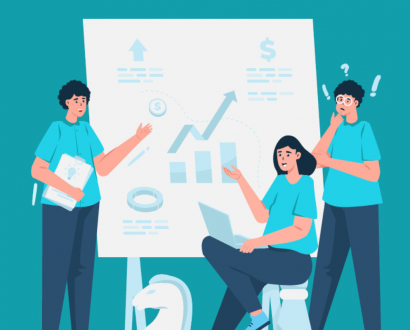In recent years market research has moved well beyond recruiting groups of people with variable characteristics to sit around a table. Advances in technology and our understanding from fields such as Behavioural Economics and break-through learning from award-winning texts such as Daniel Kahneman’s Thinking Fast and Slow tell us that we can, and need, to do far more.
Today savvy marketing leaders are incorporating latest technologies such as video and wearables to form real-time observations and get to the more implicit, often unspoken, ‘System 1’ behaviour that can be the driving force behind how consumers think, feel and act.
These forms of digital research can span from 15-20 minutes to weeks of observing, learning and testing products in natural environments to understand their role and value in a real-world context.
Strategic innovation
Adam French, a founder of strategic innovation and insight consultancy Antedote, has been a leader in technological advancement of digital market research methods and pioneering thinking in the industry. He and his team have developed award-winning tools and technology that allows researchers to observe consumers directly and interact with them 24/7 wherever they are, uncovering insights often missed in more traditional approaches.
“Qualitative research somehow became a snapshot over a two-hour period into people’s lives in the last couple of decades. Research had been relying on self-report by the consumer, rather than any actual observation and behavioural analysis,” he says.
Gathering meaningful information
French raises an issue and a real risk associated with over reliance on traditional methods of market research such as focus groups or in-home interviews: how can you obtain meaningful information and gain insights into consumers’ conscious and subconscious behaviours in a two-hour study? In contrast, digital methods allow researchers the opportunity to accompany people in a non-obtrusive way, and observe them in the context of their real lives.
“By observing the consumer directly through a digital platform, we have been able to uncover data with far more value. By directly observing, we are able to obtain new insights that may be otherwise unconsidered and unarticulated.
“We can witness in-context interactions and even communicate with them in the moment and gather insights that the consumers themselves are not conscious of,” says French.
Digital approach to market research
He goes on to say that the more that he and his team have worked with digital approaches, the more they have been able to identify practices to use the platforms in ways that enhance other qualitative and quantitative methods.
“One of the key guiding rules we’ve found is to gather research based on the strengths of the technology rather than trying to directly translate other research methods to digital.”
International study
Another advantage is the ability to study people internationally with rapid results; all a participant needs is access to a smartphone. There is also the ability to be able to study a large number of participants simultaneously, then select the best respondents to follow up with in more detail.
“Our clients are favuoring the capabilities of our digital platform as it is enabling them to explore products and ideas in new markets, such as Asia, quickly and cost effectively. We have developed technology that reduces recruitment times to hours as opposed to weeks with traditional research.
“Instead of sending a team of researchers to China, we are able to undertake research with large groups of people in a digital environment. This is both an economical and efficient way of conducting research,” says French.
Is traditional market research dead?
So does access to digital platforms spell the end of traditional methods of qualitative and quantitative research?
“In spite of all the benefits digital approaches can deliver, it should be viewed not solely as a substitute for existing methods but as a new approach that can complement and enhance what has come before.
“In-person research can deliver information that digital methods cannot—for example, research that requires creativity and interaction between consumers or where there are cultural barriers,” says French.
With Antedote experiencing great success with the use of their digital research tools—now having expanded from San Francisco to New York and London and talks of opening a Sydney office—it is easy to see why he is excited about the possibilities of digital research approaches; it does seem that the possibilities are endless.







